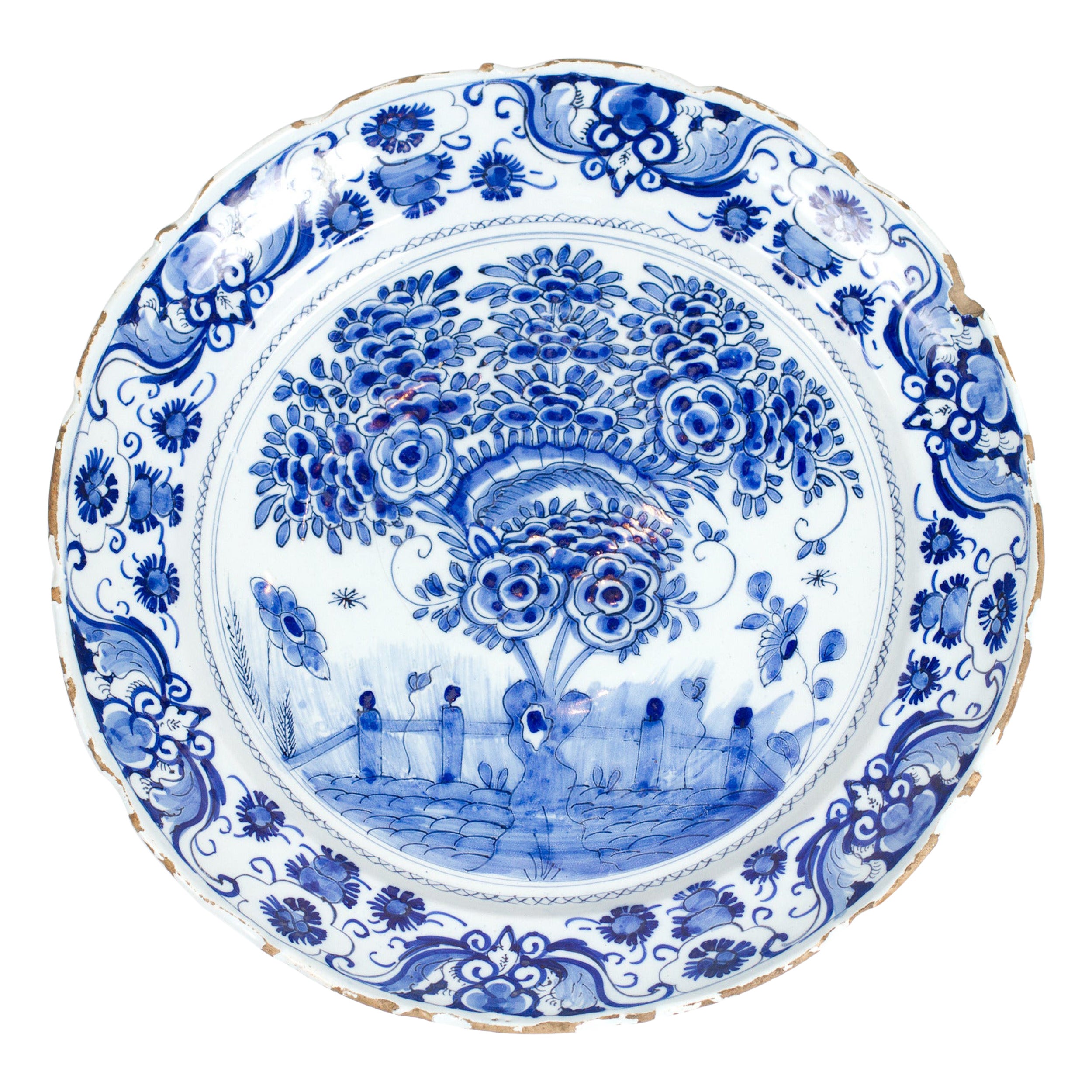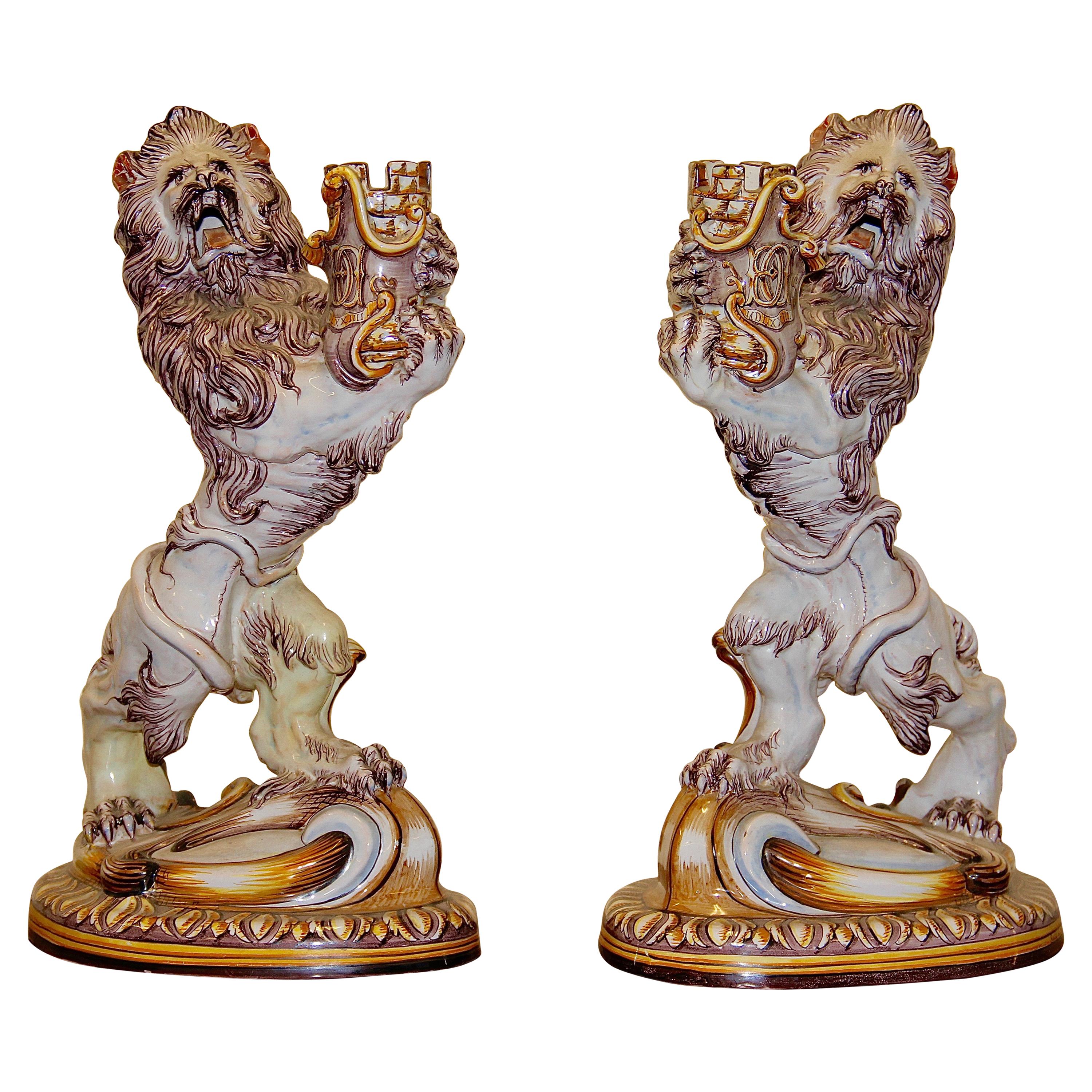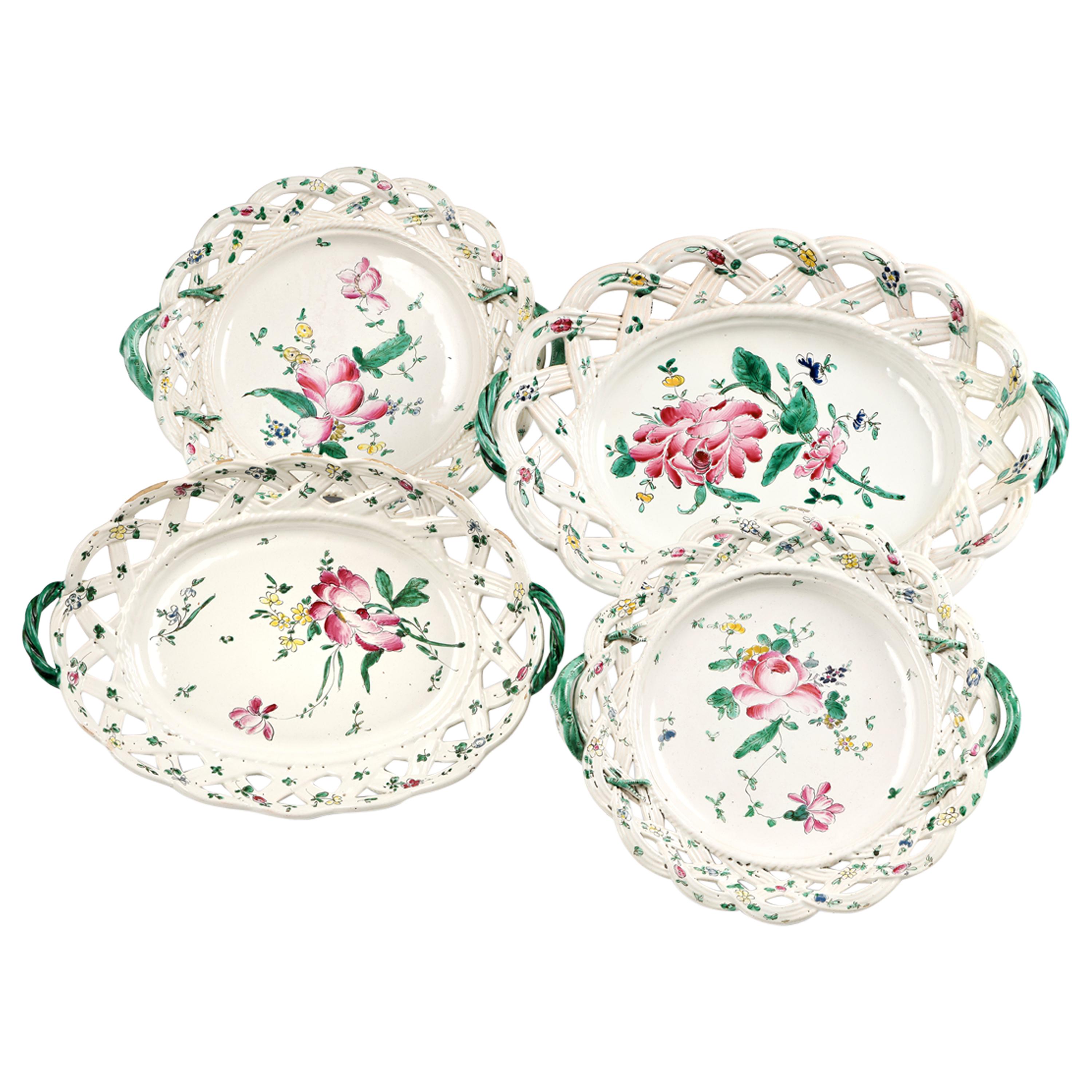Items Similar to Nice proportions
Want more images or videos?
Request additional images or videos from the seller
1 of 6
Nice proportions
About the Item
Nice proportions
- Dimensions:Height: 9 in (22.86 cm)Diameter: 6 in (15.24 cm)
- Materials and Techniques:
- Place of Origin:
- Period:
- Date of Manufacture:Unknown
- Condition:Wear consistent with age and use.
- Seller Location:Charlottesville, VA
- Reference Number:1stDibs: LU9639238990422
About the Seller
New to 1stDibs
Joined in the past six months.
No Reviews Yet
Vetted Seller
These experienced sellers undergo a comprehensive evaluation by our team of in-house experts.
Established in 1985
1stDibs seller since 2024
Typical response time: <1 hour
- ShippingRetrieving quote...Ships From: Charlottesville, VA
- Return PolicyA return for this item may be initiated within 14 days of delivery.
More From This SellerView All
- 18th Century Delft ChargerLocated in Charlottesville, VAA beautiful early Delft ChargerCategory
Antique 18th Century Dutch Delft and Faience
MaterialsDelft
- 19th Century Delft PlateLocated in Charlottesville, VAA beautiful Delft plate with bridge designCategory
Antique 19th Century Dutch Delft and Faience
MaterialsDelft
- 19th Century Delft VaseLocated in Charlottesville, VADelft vase with nice proportionsCategory
Antique 19th Century Dutch Delft and Faience
MaterialsDelft
- 19th Century Delft VaseLocated in Charlottesville, VANice export vaseCategory
Antique 19th Century British Delft and Faience
MaterialsDelft
- 19th Century Delft PlateLocated in Charlottesville, VAA great delft plate with a deep blue color. A collectors pieceCategory
Antique 19th Century Dutch Delft and Faience
MaterialsDelft
- 18th Century Delft ChargerLocated in Charlottesville, VAA Charger with musician. With many repairs.Category
Antique 18th Century Dutch Delft and Faience
MaterialsDelft
You May Also Like
- Nice Delft Fan Dish by Geertruy VerstelleBy Geertruy VerstelleLocated in Montreal, QCDelft Fan dish with florals motives displayed like a peacock. Signature G.V.S is for Geertruy Verstelle, a Woman Faience Manufacturer Established at Delft in...Category
Antique Mid-18th Century Dutch Delft and Faience
MaterialsCeramic
- Pair of Galle a Nancy St. Clement Faience Candleholders, 19th CenturyBy Saint-ClémentLocated in Berlin, DEPair of Galle a Nancy St. Clement Faience candleholders, 19th century.Category
Antique 19th Century French Delft and Faience
MaterialsFaience
- Ancient Maiolica Plates Pasquale Rubati, Milan Circa 1770-1780By Pasquale RubatiLocated in Milano, ITFive oval maiolica dishes with pierced edge Manufacture of Pasquale Rubati Milan, 1770-1780 Three small oval dishes 10.23 in x 7.67 in (26 cm x 19.5 cm) Two large oval dishes 10.82 in x 8.85 in (27.5 x 22.5 cm) lb 3.5 (kg 1.8) State of conservation: intact The five dishes of different sizes have an oval shape, a mixtilinear edge and a molded polylobed shape with a surface enriched with a relief weave motif extending to the brim and forming a perforated basket...Category
Antique 1770s Italian Rococo Ceramics
MaterialsMaiolica
- Four Italian Ancient Dishes, Lodi, circa 1770-1780By Antonio FerrettiLocated in Milano, ITAssortment of 4 dishes with braided rim Antonio Ferretti Manufacture Lodi, circa 1770-1780 Maiolica polychrome decorated “a piccolo fuoco” (third fire). Measures: 14 x 10 in (35.5 x 25.5 cm); 12.2 x 8.39 in (31 x 21.3 cm); 10.4 x 9.65 in (26.5 x 24.5 cm); 10.8 x 9.61 in (27.5 x 24.4 cm). Weight: 4.4 lb (1.998 kg) State of conservation: some chips due to use on the edges and on the parts in relief. The four different dishes have a foot with a low lip from which extends a wide, flat, slanted rim resembling a basket weave. The small handles are painted green: they resemble wickerwork in the two oval dishes and take the form of a sinuous branch in the round ones. The third fire decoration is inspired by the naturalistic floral botanical patterns on the ceramics produced by the Hannong family in Strasbourg. Here the pattern is defined by the rapidity and subtlety of the brushstrokes and the result is particularly tasteful, characterized by compositional intelligence and pictorial expertise. A main corolla, either a wild or garden rose, is set slightly off center in each well. From this extends a thin stem holding a small secondary bud and there are small field florets dotting the composition to lend volume to the delicate bunch of flowers. On the brim, small polychrome flowers add color to the weave, accompanied by lanceolate leaves of a very intense green. There exist few and very rare examples for comparison with this morphology: a round plate - entirely consistent with those in question - has been dated to around 1775 (S. Levy, Maioliche settecentesche lombarde e venete, Milano 1962, tav. 200). Two other dishes with a basket rim, but with parallel striped brim decoration, were exhibited in the 1995 exhibition on Lodi ceramics; the attribution to the Lombard town near Milan is therefore almost exclusively derived from the decoration called "alla rosa contornata" or "alla vecchia Lodi" and constitutes one of the most popular decorations during the eighteenth century. (M. L. Gelmini, in Maioliche lodigiane del '700 (cat. mostra Lodi), Milano 1995, pp. 31 p. 162-163 nn. 181-182). This decorative choice represented a strong point of the Lodi factory, which established itself thanks to the vivid nature of the colors made possible by the introduction of a new technique perfected by Paul Hannong in Strasbourg and which Antonio Ferretti introduced in Italy. This production process, called “piccolo fuoco” (third fire), allowed the use of a greater number of colors than in the past; in particular, the purple of Cassius, a red made from gold chloride, was introduced. Its use allowed for many more tones and shades, from pink to purple. The Ferretti family had started their Maiolica manufacturing business in Lodi in 1725. The forefather Simpliciano had started the business by purchasing an ancient furnace in 1725 and, indeed, we have evidence of the full activity of the furnaces from April of the same year (Novasconi-Ferrari-Corvi, 1964, p. 26 n. 4). Simpliciano had started a production of excellence also thanks to the ownership of clay quarries in Stradella, not far from Pavia. The production was so successful that in 1726 a decree of the Turin Chamber came to prohibit the importation of foreign ceramics, especially from Lodi, to protect internal production (G. Lise, La ceramica a Lodi, Lodi 1981, p. 59). In its initial stages, the manufacture produced maolicas painted with the “a gran fuoco” (double fire) technique, often in turquoise monochrome, with ornamentation derived from compositional modules in vogue in Rouen in France. This was also thanks to the collaboration of painters like Giorgio Giacinto Rossetti, who placed his name on the best specimens next to the initials of the factory. In 1748 Simpliciano made his will (Gelmini, 1995, p. 30) appointing his son Giuseppe Antonio (known as Antonio) as universal heir. After 1750, when Simpliciano passed away, Antonio was directly involved in the Maiolica factory, increasing its fortunes and achieving a reputation on a European level. Particularly important was the aforementioned introduction in 1760 of the innovative “a piccolo fuoco” (third fire) processing, which, expanding the ornamental repertoire with Saxon-inspired floral themes, could commercially compete with the German porcelains that had one of its most renowned offerings in the naturalistic Deutsche Blumen. Antonio Ferretti understood and promoted this technique and this decoration, proposing it in a fresher and more corrective version, less linked to botanical tables...Category
Antique 1770s Italian Neoclassical Ceramics
MaterialsMaiolica
- Early 18th Century Blue and White Dutch Delft Clobbered VaseLocated in Fort Lauderdale, FLA blue and white Dutch delft vase made circa 1700, with clobbered-style polychrome enamels added in the mid-18th century. This brightly colored blue and white Dutch delft vase is a ...Category
Antique Early 18th Century Dutch Dutch Colonial Vases
MaterialsDelft, Pottery
- "Crateri", Wheeled Open Mouth Bowl, Reflex and Matte Black, Gatti 1928 FaenzaBy Ceramica Gatti 1928Located in Faenza, ITCiotola centrotavola molto elegante e leggera in ceramica, ha una forma con bocca aperta interno a riflesso esterno colore nero opaco. I Crateri compongono la collezione di ceramic...Category
2010s Italian Modern Pottery
MaterialsMajolica





